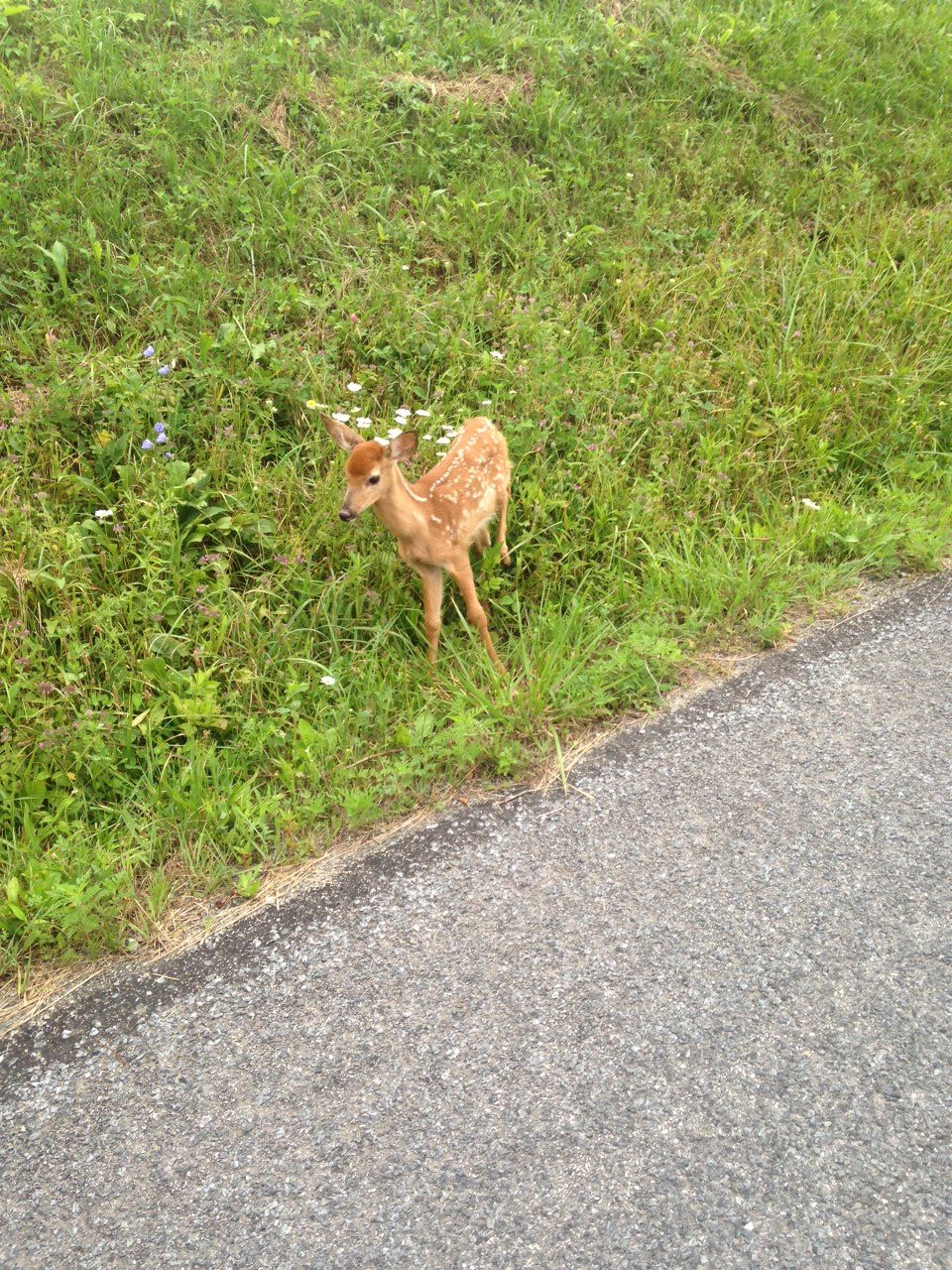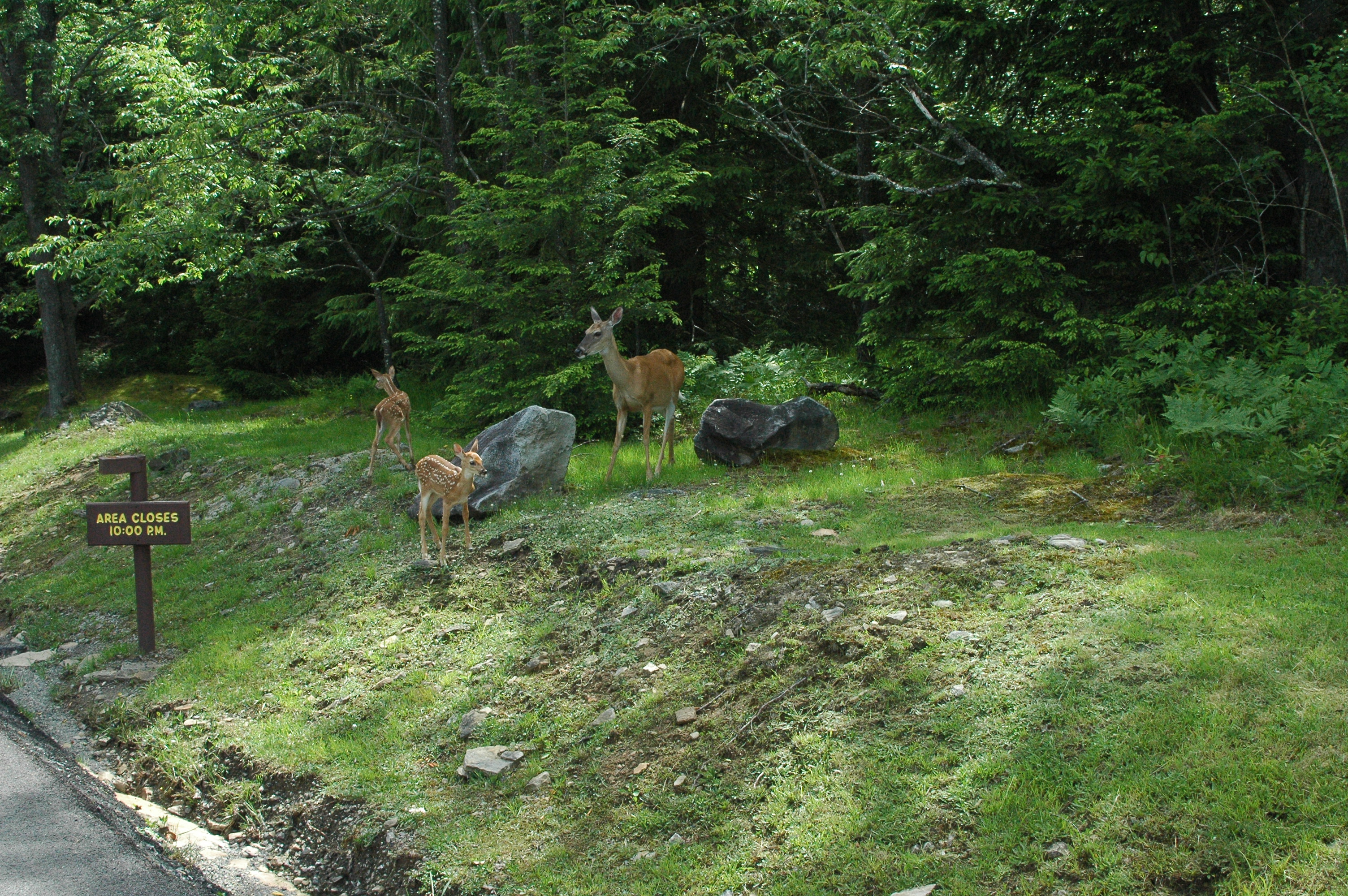Homo sapiens – we are a complex species. And that’s putting it mildly. Modern humans burst on to the scene some 300,000 years ago in Africa. Since then, we have become the most common and widely distributed species of primate on the planet. Globally, we top over 8 billion (that’s BILLION with a “B”).
Like it or not, every other species on the planet – all 1.75 million of them – has to deal with us. Species that can’t deal with us and our constant meddling are usually “endangered.” And those that can, “pests.” Ironic, isn’t it?
But some have found a way to use us.
We discussed Doe 16601 in a previous post and the area she selected to have her fawn – the intersection of 2 low-traffic roads in the middle of nowhere. There is research to suggest 16601 is using our activity and habitat modification to her advantage as predator activity is lower in such areas. You know the old saying. “If you can’t beat’em, join’em.”
But in the words of Admiral Ackbar, “It’s a trap!”
Human development may reduce fawn predation, but that reduction is made up for by vehicle collisions. Oh the humanity! Literally.

For predators to be successful, they must overlap with prey in space and time. By being closer to people and being active during the day, fawn can minimize this overlap. As part of the fawn study, Asia Murphy (now Dr. Asia Murphy) took a deep dive into how predators, prey, and humans interacted. That research showed everybody tries to avoid people but given our large footprint that is increasingly difficult. And that fawn-human overlap is likely due more to habitat preference and not protection from predators.
In the forest matrix, fawns showed an affinity for development within the public forest which was mainly roads and associated early successional habitat. Huh, seems that 16601 was doing exactly what other does with fawns do.
When it comes to keeping fawns safe, the number of factors involved (predators, human activity, habitat, fawn weight, maternal condition, and more!) and the way they all interact completely negates any simple explanation of fawn mortality. In the end, it’s Doe 16601 that decides where she will keep her fawn. Like every mother, she needs to weigh all these factors to find that Goldilocks spot.
-Jeannine Fleegle
Wildlife Biologist
PA Game Commission
Posts in this series:
The Human Shield
It’s a Trap!
House Hunting
Pieces of the Puzzle
